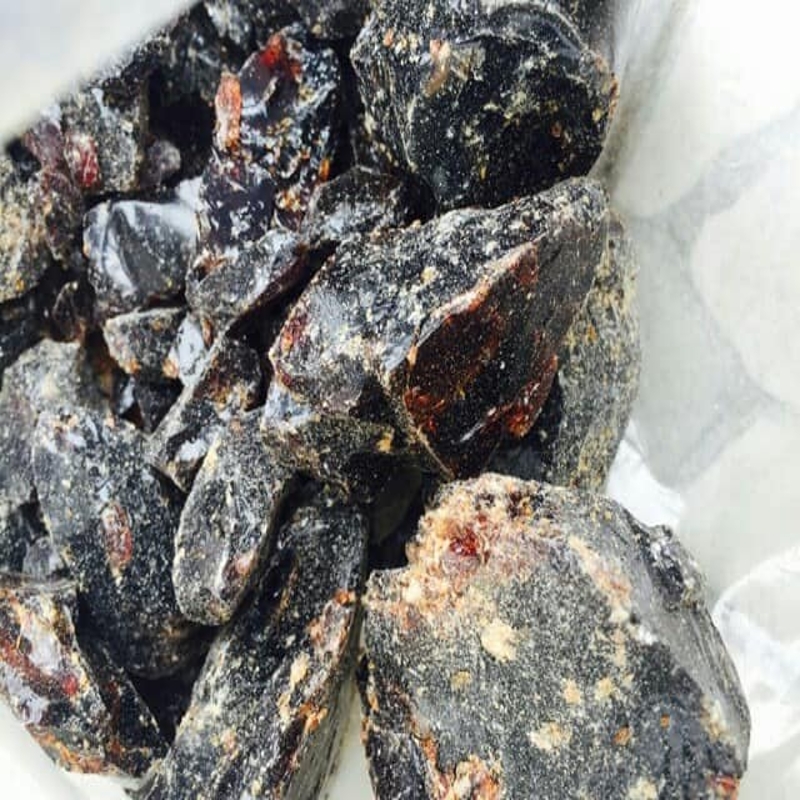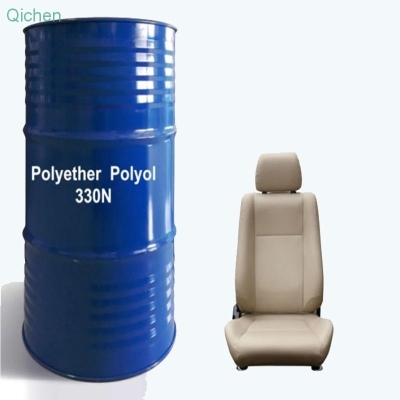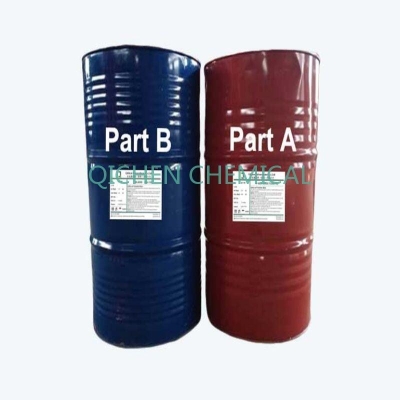-
Categories
-
Pharmaceutical Intermediates
-
Active Pharmaceutical Ingredients
-
Food Additives
- Industrial Coatings
- Agrochemicals
- Dyes and Pigments
- Surfactant
- Flavors and Fragrances
- Chemical Reagents
- Catalyst and Auxiliary
- Natural Products
- Inorganic Chemistry
-
Organic Chemistry
-
Biochemical Engineering
- Analytical Chemistry
-
Cosmetic Ingredient
- Water Treatment Chemical
-
Pharmaceutical Intermediates
Promotion
ECHEMI Mall
Wholesale
Weekly Price
Exhibition
News
-
Trade Service
On June 29, it was reported from the International Organization for Standardization Rubber and Rubber Products Technical Committee (ISO/TC45) that another international standard new work project proposal was proposed by Zhai Yueqin, a senior expert of China Petroleum and Petrochemical Institute: chloroprene rubber ( CR) The general evaluation method was voted by the 21 P member states of ISO/TC45, and the project was approved with 100% approval
.
This is another international standard under research successfully established by the Institute of Petrochemical Engineering in the field of synthetic rubber
.
Adhere to independent innovation and spread the voice of China
Adhere to independent innovation to spread the Chinese voice Persist in independent innovation to spread the Chinese voice China is the world's largest producer and consumer of synthetic rubber, but the international standards that it has previously led are almost zero
.
In order to make a breakthrough, Lanzhou Chemical Research Center took the lead in establishing a rubber international standard research team in China, opening the road to international standard research
.
In the 1990s, China adopted the international standard ISO 7781 "Determination of Soap and Organic Acid Content in Styrene-Butadiene Raw Rubber" to formulate a national standard
.
In practical applications, it is found that when the indicator method is used to determine the oil-extended rubber, the color change of the titration end point is not obvious and it is difficult to judge the end point, resulting in low accuracy of the results
.
In response to this problem, Zhai Yueqin boldly proposed to develop an innovative method of potentiometric titration to determine the end point of titration by potential jump
.
But how to formulate international standards, how to put forward project proposals, how to establish contact with the International Standardization Technical Committee? These are the main problems before them
.
The project team conducted in-depth research on the application of international standards, and conducted a comprehensive and systematic analysis of the rules for the formulation and revision of international standards
.
In 2014, at the 62nd meeting of ISO/TC45 held in South Africa, Geng Zhanjie, a member of the project team, was responsible for reporting the project proposal for the revision of ISO 7781:2008.
Representatives from various countries discussed the necessity and feasibility of the project proposal and revised ISO.
The 7781:2008 project proposal won the support of more than 2/3 of the P member states
.
Work together to overcome difficulties and bloom on the international stage
Work together to overcome difficulties and bloom on the international stage After three years of joint efforts, ISO 7781:2017 was released and implemented in 2017
.
Afterwards, the project team started a non-stop journey from revision to formulation
.
After two years, the team has achieved zero breakthrough in the field of setting international standards in China
.
The project team finds problems in practice and uses innovative ideas to solve them
.
In practical application, it is found that ISO 247 "Determination of Rubber Ash Content" has the problems of cumbersome steps and long analysis time; at the same time, burning carbonized samples at high temperature has shortcomings such as low safety and environmental pollution
.
In view of these deficiencies, the team established a new method for the determination of rubber ash by thermogravimetric analysis technology through independent technological innovation
.
In October 2016, a new project proposal to formulate ISO/NP 247-2 "Determination of Rubber Ash Content - Part 2: Thermogravimetric Analysis (TGA)" proposed by China was supported by 16 P member states, but experts from Germany and Italy Objections were raised regarding sample representativeness and method reproducibility.
According to international standards, the objection must be resolved in order for the project to be approved
.
Facing the problems raised by international experts, the project team carried out technical research, developed a split-oxidation step-by-step reaction mode, and solved the technical problem of poor repeatability of measurement results; established a sample pretreatment technology with two-stage homogenization technology as the core, The problem of poor sample representation is solved
.
Technological innovations in these two aspects have been highly recognized by international peer experts, and German and Italian experts who raised objections also agreed with the establishment of international standards
.
ISO/TC45/SC2 decided that the project would go directly from the Working Group Draft (WD) to the Draft International Standard (DIS) stage, crossing the Technical Committee Draft (CD) stage, and the project completion time was shortened from 3 years to 2 years
.
Ten years of standing together and bearing fruitful results
Ten years together through thick and thin, bearing fruitful results From the initial clueless and passive voting to now participating in an orderly manner, the international standards team has overcome many difficulties in professional technology, language communication, etc.
, and has gone through a process of standard internationalization.
The development path from standard manuscripts, standard proposals to leading standards has gone through the process of breaking the cocoon and turning into a butterfly from a follower to a leader
.
Through the joint efforts of the team, the Chinese are responsible for the international standard ISO 1409 "Determination of Surface Tension of Plastic/Rubber Polymer Dispersions and Rubber Latex (Natural and Synthetic)"
.
After that, ISO 2453 "Emulsion polystyrene-butadiene raw rubber combined with styrene content determination method of refractive index", ISO 22768 "rubber and latex by differential scanning calorimetry (DSC) Determination of glass transition temperature", ISO 2006-1 "Determination of mechanical stability of synthetic latex Part 1 High-speed method" and other standards passed the project and were released
.
At present, PetroChina leads 9 international standards in the field of synthetic rubber, which are widely used in Europe, America, Japan and other places, enhancing China's international influence as the world's largest producer and consumer of synthetic rubber
.







